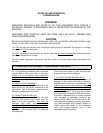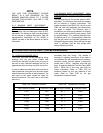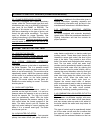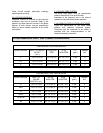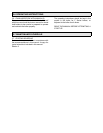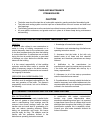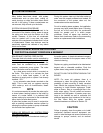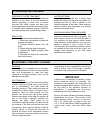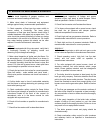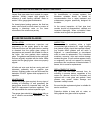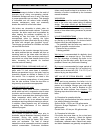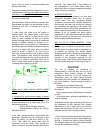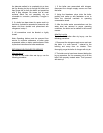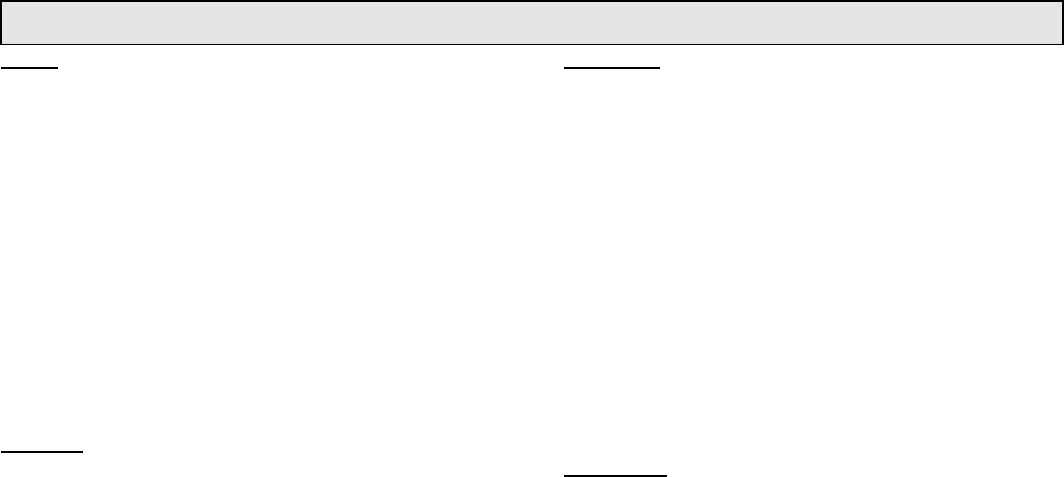
3.7 SUGGESTED MAINTENANCE SCHEDULE
DAILY
1. Make visual inspection of gauges, monitors, and
indicators and record readings in boiler log.
2. Make visual check of instrument and equipment
settings against factory recommended specifications.
3. Check operation of float type low water cutoffs to
ensure control is functioning. The lower piping
connections of float type level controls should have a
suitable blowdown valve piped into a proper drain. This
valve should be opened periodically to allow any sludge
accumulated in the control to be flushed out. On closed
loop water heating systems this should not be often
required. Consult manufacturer's instructions.
WEEKLY
1. On units equipped with firing rate control, verify that it
is functioning correctly by adjusting control and
observing if input changes accordingly.
2. Make visual inspection of igniter and pilot flame. For
an atmospheric unit, confirm pilot flame is as shown in
this manual (Section 1.9) and that the main burners light
off correctly (smoothly) and that the flame is clean and
normal. For units with a power burner, check pilot flame
signal strength as specified in burner manual.
3. Check pilot and main fuel valves for correct operation.
Open limit switch - make audible and visual check -
check valve position indicators and check fuel meters, if
supplied.
4. Confirm boiler area is free of combustible materials
and that there is nothing obstructing air openings, draft
hood relief openings, etc.
5. Check combustion safety controls for flame failure
and flame signal strength as specified in manufacturer's
instructions located at the back of this manual for
atmospheric units or in the burner manual for units
equipped with a power burner.
6. Check all limit controls as specified in manufacturer's
manual.
7. Check float low water cutoff as described above.
MONTHLY
1. Make visual inspection of linkage and proper
operation of flue, vent, stack, or outlet dampers. Check
draft as specified in Section 2 of this manual.
2. Check float low water cutoff as described above.
3. For those units equipped with a power burner, check
low draft, fan, air pressure and damper position
interlocks as specified in burner manual.
4. Check high and low gas pressure interlocks. Refer to
manufacturers instructions for correct procedure.
5. Check high and low oil pressure interlocks. Refer to
manufacturers instructions for correct procedure.
ANNUALLY
1. Perform leakage tests on pilot and main gas or main
oil fuel valves as specified in manufacturers instructions.
2. Check operating control, high limit, low fire start
control, and low water cutoff as specified in
manufacturers instructions.
3. For units equipped with power burners, check air
atomizing interlock, fuel valve interlock switch, purge
switch, burner position interlock, and fuel changeover
control, as specified in burner manual.
4. The boiler should be checked at least yearly by the
local gas utility company. Particular attention should be
paid to the pilot burner safety devices. The pilot burner
should be checked to ensure that prompt ignition of all
burners occurs as the gas valve opens. Refer to Section
1.9.
5. The flue gas passages and the exterior surfaces of
the boiler tubes should be inspected at least annually.
Any accumulation of soot or debris should be thoroughly
cleaned out.
6. If the yearly inspection of the boiler tube surfaces
reveals a build-up of soot (carbon) or rust, the tubes
surfaces should be thoroughly brushed. Failure to do so
may result in fire or asphyxiation hazards.
7. The boiler pressure vessel and piping should be
checked annually.
8. Check combustion safety control for pilot turndown
and refractory hold-in as specified in manufacturer's
instructions.



